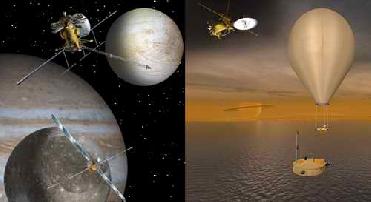
Artist concept of proposed missions to the Jupiter system (left) and the Saturn system (right). Image credit: NASA/JPL
WASHINGTON (BNS): National Aeronautics and Space Administration (NASA) and European Space Agency (ESA) officials at a meeting here recently decided to continue pursuing studies of a mission to Jupiter and its four largest moons. Also on the agenda was a plan for another potential mission to visit Saturn’s largest moon Titan and Enceladus.
According to NASA, both these proposed missions are grand endeavours that set the stage for future planetary science research. These outer planet flagship missions could eventually answer questions about how the Solar System was formed and whether life exists elsewhere in the universe.
Managers at the premier space agency said that the missions, called the Europa Jupiter System Mission and the Titan Saturn System Mission, have been possible after NASA and ESA merged their separate mission plans. “NASA originally studied four mission concepts during 2007, which were narrowed down to two proposals the following year. One finalist was a Europa Orbiter to explore the icy moon of Jupiter and its subsurface water ocean. The other was a Titan Orbiter to visit the Saturn moon,” the managers said.
However, in 2007, according to officials, ESA also initiated a competition to select its flagship mission for the Cosmic Vision 2015-2025 slot of the ESA scientific programme.
“Two finalists, called Laplace and Tandem, were selected by ESA for further study. Laplace was a set of spacecraft to orbit Jupiter and eventually orbit and land on Europa. Tandem was a set of spacecraft intended to orbit Titan and explore its surface, after also exploring the surface of Saturn’s moon Enceladus,” the space official said.
Ahead of the meeting held last week, engineers and scientists belonging to NASA and ESA carefully studied both potential missions in preparation for last week's meeting. Based on these and other studies NASA and ESA agreed that the Europa Jupiter System Mission, called Laplace in Europe, was the most technically feasible to do first.
“However, ESA's Solar System Working Group concluded the scientific merits of this mission and a Titan Saturn System Mission could not be separated. The group recommended, and NASA agreed, that both missions should move forward for further study and implementation,” managers said.
Ed Weiler, associate administrator for NASA's Science Mission Directorate here said that the decision means a win, win situation for all parties involved. “Although the Jupiter system mission has been chosen to proceed to an earlier flight opportunity, a Saturn system mission clearly remains a high priority for the science community, Weiler said.
NASA said that both agencies needed to undertake several more steps and detailed studies before officially moving ahead.
David Southwood, ESA Director of Science and Robotic Exploration said that this joint endeavour is a wonderful new exploration challenge and will be a landmark of 21st Century planetary science. “What I am especially sure of is that the cooperation across the Atlantic that we have had so far and we see in the future, between America and Europe, NASA and ESA, and in our respective science communities is absolutely right. Let's get to work,” Southwood said.
According to the official, the Europa Jupiter System Mission would use two robotic orbiters to conduct unprecedented detailed studies of the giant gaseous planet Jupiter and its moons Io, Europa, Ganymede and Callisto. Giving details, he said, NASA would build one orbiter, initially named Jupiter Europa, while ESA would build the other orbiter, initially named Jupiter Ganymede. “The probes would launch in 2020 on two separate launch vehicles from different launch sites. The orbiters would reach the Jupiter system in 2026 and spend at least three years conducting research,” he said.
NASA said that Europa has a surface of ice, and scientists theorise it has an ocean of water beneath that could provide a home for living things. Ganymede, the largest moon in the solar system, is the only moon known to have its own internally generated magnetic field and is suspected to have a deep undersurface water ocean. Scientists long have sought to understand the causes of the magnetic field. Callisto’s surface is extremely heavily cratered and ancient, providing a clear indication of a record of events from the early history of the Solar System. Finally, Io is the most volcanically active body in the solar system.
“The orbiters would spend nearly a year orbiting Europa and Ganymede. NASA's probe would investigate whether Europa might harbour life, and ESA's spacecraft would orbit Ganymede to conduct investigations of the surface and interior of this satellite, to better understand the formation and evolution of the Jovian system,” NASA said.
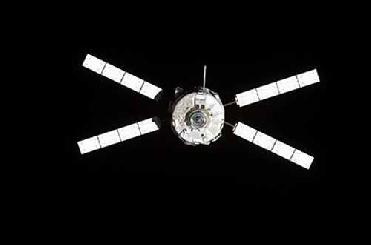 Previous Article
Previous Article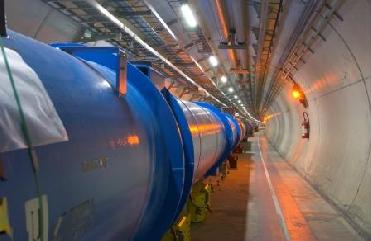
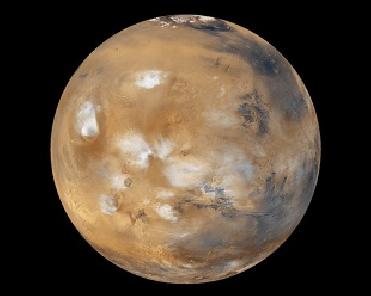
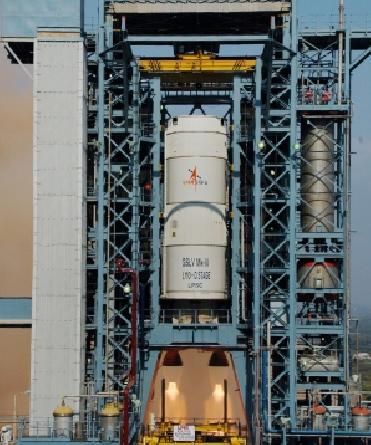










The Indian Air Force, in its flight trials evaluation report submitted before the Defence Ministry l..
view articleAn insight into the Medium Multi-Role Combat Aircraft competition...
view articleSky enthusiasts can now spot the International Space Station (ISS) commanded by Indian-American astr..
view article